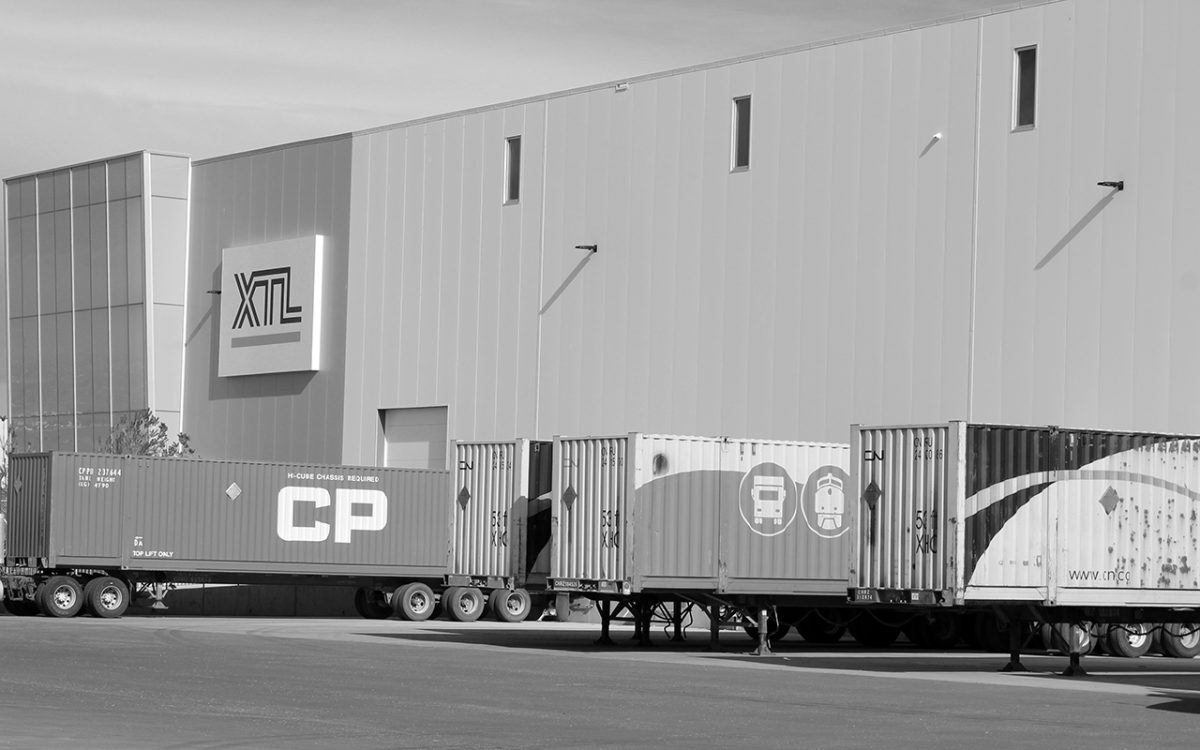Why Canada is becoming a preferred entry point for goods — and what businesses should know
Global trade patterns are shifting. In recent months, an increasing number of businesses have begun routing goods through Canadian ports — not just as a contingency plan, but as part of a long-term strategy to improve supply chain resilience and reach.
A recent article from The Globe and Mail highlights this growing trend, driven by a combination of operational challenges in the U.S. and competitive advantages in Canada.
What’s Driving the Shift?
Several key factors are influencing this redirection:
-
Congestion at U.S. ports: Ongoing delays at major American ports, particularly on the West Coast, have pushed shippers to look for faster, more predictable alternatives.
-
Canadian port performance: Ports like Prince Rupert and Halifax are becoming attractive due to their capacity, inland connectivity, and strategic location.
-
Cross-border accessibility: Canada offers efficient road and rail links to major U.S. markets, allowing companies to bypass bottlenecks and access distribution networks more directly.
-
Resilience and diversification: Companies are rethinking logistics strategies to include multiple entry points into North America, reducing dependency on any one route.
Implications for Supply Chains
The shift toward Canadian entry points brings both opportunities and operational considerations:
-
Infrastructure strain: As volumes increase, Canadian ports, rail networks, and warehousing capacity will be under greater pressure.
Explore our warehousing solutions in key regions across Canada.
- Cross-border planning: For U.S.-bound freight entering via Canada, companies need to account for customs coordination and compliance with evolving regulations.
See how we support cross-border freight into the U.S.
-
Retail delivery expectations: Logistics teams must still meet strict delivery windows, particularly when servicing major retailers or time-sensitive markets.
What Companies Should Be Thinking About
As this trend gains momentum, supply chain and logistics professionals may want to evaluate:
-
Whether their current networks are optimized for Canadian routing
-
How flexible their warehousing and transportation capacity is
-
If their partners are experienced in handling cross-border flows and regulatory complexity
-
Opportunities to build resilience by diversifying port and distribution points
This isn’t just a temporary workaround. For many, Canada is becoming a permanent fixture in North American logistics strategy.
To read more, view the original Globe and Mail article here.
Ready to explore your options? Contact us below:
Consult Request- Reroute to Canada
If you are interested in exploring custom solutions for managing the tariff situation, you have come to the right place.
